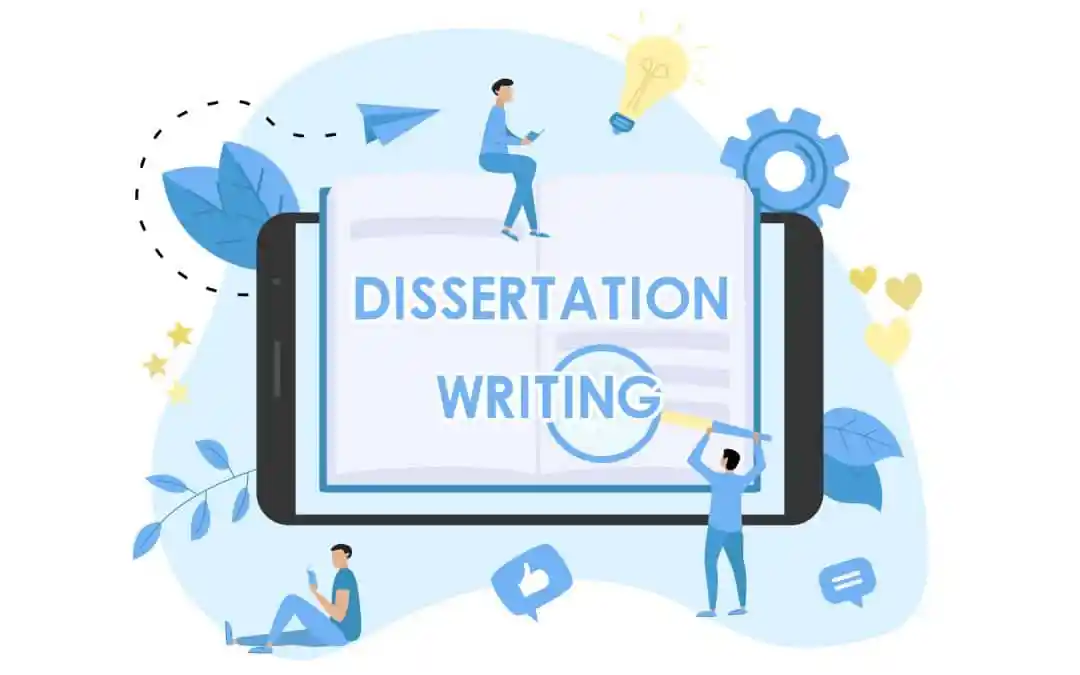Introduction: The Strategic Intersection of Risk Management and Academic Excellence
We approach dissertation writing through an unconventional yet remarkably effective lens: the strategic thinking employed by professional gamblers and high-stakes players. The parallels between managing an academic workload and managing a high-roller’s bankroll reveal profound insights into resource allocation, risk assessment, and long-term success planning, much like the calculated approach needed in a game of flight legends demo. By applying these sophisticated strategies to academic research and writing, we unlock methodologies that transform the dissertation process from an overwhelming challenge into a manageable, strategic endeavor.
Understanding Your Academic Capital: Resources Beyond Time and Money

Before embarking on any high-stakes venture, successful players conduct comprehensive inventories of their available resources. We must apply this same rigorous assessment to our academic pursuits. Your academic bankroll comprises multiple forms of capital: temporal resources, intellectual capacity, emotional resilience, financial support, social networks, and institutional access.
We begin by quantifying each resource dimension. Temporal capital includes not merely the months or years allocated for dissertation completion, but the quality hours available for deep, focused work. Intellectual capital encompasses our existing knowledge base, research skills, analytical capabilities, and capacity for acquiring new expertise. Emotional capital represents our psychological reserves—the resilience needed to withstand setbacks, criticism, and the inevitable challenges inherent in original research.
Financial considerations extend beyond tuition and fees. We must account for research materials, conference attendance, software subscriptions, potential research assistance, and the opportunity costs of time devoted to academic work rather than income generation. Social capital—our network of advisors, peers, mentors, and collaborators—provides invaluable support, feedback, and opportunities throughout the dissertation journey.
The Kelly Criterion: Optimal Resource Allocation for Research Projects
Professional gamblers employ the Kelly Criterion to determine optimal bet sizing—a mathematical formula that maximizes long-term growth while minimizing ruin risk. We adapt this principle to dissertation research by calculating how much of our limited resources to invest in various research directions, methodological approaches, and writing phases.
The academic adaptation of Kelly’s formula requires us to assess the probability of success for each research avenue against the potential payoff in terms of contribution to knowledge, career advancement, and completion efficiency. We avoid over-investing in high-risk theoretical frameworks that might yield groundbreaking results but could equally lead to insurmountable obstacles. Conversely, we resist under-investing in our core arguments, which would produce safe but unremarkable scholarship.
We implement this strategy by diversifying our research portfolio. Our primary research question receives the largest allocation of resources, yet we maintain subsidiary questions that can serve as fallback positions if our main hypothesis encounters fatal challenges. This approach mirrors how sophisticated investors maintain diverse portfolios—protecting against catastrophic loss while positioning for optimal gains.
Variance Management: Preparing for the Inevitable Ups and Downs
Every high-roller understands variance—the natural fluctuation in results despite sound strategy. We face similar variability in academic work: experiments fail, archives close, participants withdraw, theoretical frameworks prove inadequate, and reviewers reject our interpretations. Managing academic variance requires both practical preparation and psychological resilience.
We build variance buffers into our project timelines, assuming that complications will arise rather than hoping they won’t. Our planning incorporates contingency periods—additional weeks or months specifically allocated for addressing unforeseen challenges. This approach prevents the cascade effect where one delay creates mounting pressure on all subsequent phases.
Emotional variance management proves equally critical. We recognize that motivation, confidence, and productivity fluctuate naturally throughout extended projects. During high-variance periods—comprehensive exam preparation, data collection challenges, or major revisions—we reduce our expectations and focus on maintaining steady, sustainable progress rather than breakthrough achievements. We establish minimum viable productivity standards that keep the project advancing even during low-energy phases.
Position Sizing: Scaling Your Commitment to Match Your Certainty
Professional players adjust their position sizes based on confidence levels—betting larger when edges are clear and smaller when uncertainty increases. We apply this logic to how we structure our dissertation arguments and allocate writing effort across chapters.
Our strongest empirical findings and most defensible theoretical claims receive the most prominent positioning in our dissertation structure. We develop these sections extensively, investing disproportionate effort in crafting compelling arguments, comprehensive literature reviews, and robust defenses against potential objections. These sections form the core value proposition of our research.
Conversely, we limit our investment in speculative extensions, tangential literature debates, or methodological innovations that don’t directly support our central claims. These elements may appear in our work, but we size them appropriately—present but not central, interesting but not essential. This selective commitment ensures we complete a defensible dissertation rather than an incomplete masterwork.
The Long Game: Expected Value Over Immediate Results
High-rollers succeed by focusing on expected value rather than individual outcomes. A strategy with positive expected value will prove profitable over sufficient iterations, regardless of short-term variance. We adopt this perspective toward our research and writing activities.
We evaluate research decisions based on their long-term contribution to our scholarly career rather than immediate gratification. Publishing in slightly less prestigious venues that offer faster turnaround times may provide better expected value than pursuing top-tier journals with year-long review processes and high rejection rates. Attending regional conferences where we can present work-in-progress and receive substantive feedback may offer superior expected value compared to attending prestigious international conferences primarily for networking.
This long-game perspective liberates us from perfectionism. We recognize that our dissertation represents one move in a career-long academic game. Completing a good dissertation that launches our research program delivers better expected value than pursuing an exceptional dissertation that delays our career progression by years or never reaches completion.
Tilt Management: Maintaining Rational Decision-Making Under Stress
“Tilt” describes the state when emotional reactions override strategic thinking—when poker players make increasingly reckless bets after bad beats, or when traders abandon their systems after losses. Academic tilt manifests as procrastination spirals, perfectionist paralysis, impulsive topic changes, or premature despair about project viability.
We implement tilt-prevention protocols by establishing decision rules in advance, before emotional states compromise our judgment. We predetermine criteria for when to seek advisor guidance, when to pivot research directions, and when to accept “good enough” rather than pursuing additional improvements. These advance decisions function as circuit breakers, preventing emotional reactions from derailing our strategic plans.
Recovery protocols prove equally essential. We establish personal warning signs for recognizing when we’ve entered tilt states—perhaps consecutive days of avoidance behavior, escalating self-criticism, or research anxiety that interferes with sleep. Upon recognizing these patterns, we implement predetermined recovery actions: taking strategic breaks, seeking peer support, consulting with advisors, or temporarily shifting to lower-stakes tasks that rebuild confidence and momentum.
Bankroll Preservation: Knowing When to Step Away and Regroup
The cardinal rule of bankroll management states that protecting your capital takes precedence over any single opportunity. We apply this principle by establishing clear boundaries around our academic work to prevent the dissertation from consuming our entire existence and depleting our psychological reserves.
We schedule mandatory recovery periods—days or weeks when we deliberately disengage from dissertation work to replenish our intellectual and emotional capital. These aren’t failures of discipline but strategic investments in long-term productivity. Research consistently demonstrates that sustained creative and analytical work requires periods of rest and cognitive restoration.
We also recognize when to abandon sunk costs. If a research direction, despite our substantial investment, proves unviable, we assess the situation objectively rather than escalating commitment to justify past effort. Professional players fold losing hands regardless of chips already invested. We pivot research directions, abandon unproductive methodologies, or restructure arguments when objective analysis indicates superior alternatives, even when this means “wasting” months of prior work.
Conclusion: Strategic Thinking for Academic Success
The strategies employed by successful high-rollers—systematic resource allocation, variance management, position sizing, expected value calculations, emotional regulation, and capital preservation—translate powerfully to dissertation writing. By approaching our academic work with the same strategic rigor that professional players apply to their games, we transform the dissertation from an overwhelming ordeal into a manageable series of calculated decisions.
We recognize that completing a dissertation, like succeeding in high-stakes environments, requires not just knowledge and skill but disciplined application of strategic principles over extended periods. The parallels between these domains remind us that academic success depends less on raw intellectual capacity than on our ability to manage resources, maintain psychological equilibrium, and execute sound strategies consistently despite inevitable setbacks and uncertainty.
By managing our academic bankroll with the sophistication of a professional player, we maximize our probability of successful dissertation completion while preserving the resources—intellectual, emotional, and physical—necessary for long, productive scholarly careers.


